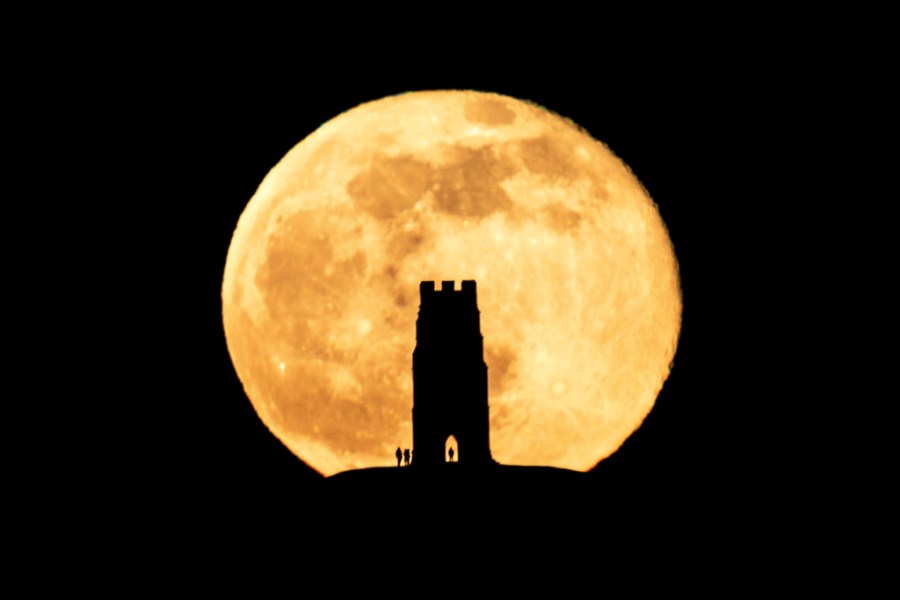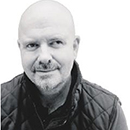While it’s always good to celebrate well-established photographers who’ve already made a big name for themselves, there is something particularly rewarding about recognising and helping disseminate the work of younger, up-and-coming creatives. Josh Dury, aka The Starman, is a fine example, as he is fast establishing himself as one of the UK’s hottest young astrophotographers.
Not only has Josh recently been named a Sigma creator, he has won several awards, been endorsed by no less an organisation than NASA and is a regular fixture on regional TV news and in the press. Josh is also about to bring out a new book with Ammonite Press, 52 Assignments: Night Photography. Not bad going for someone who’s not yet 30! In addition, Josh will be a star speaker (pardon the pun) at our forthcoming Festival of Outdoor Photography, helping people to get started with astrophotography and building on existing skills (book your tickets here).
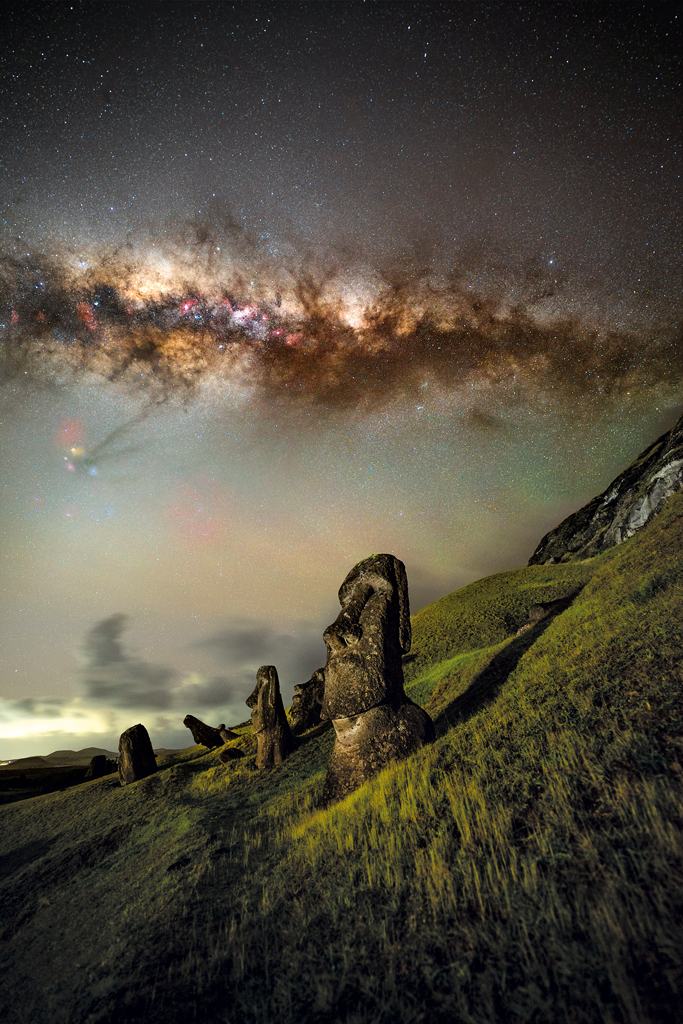
Reaching for the stars
A proud native of rural Somerset (and a near neighbour to me), Josh also has a deep love of the landscape and nature, and this really shines through in his work. It gives his ‘astro-landscapes’ more emotional impact than the more scientific captures of distant galaxies, which while impressive, can be harder for the viewer to engage and identify with. So, we were keen to catch up and find out more about Josh’s already ‘stellar’ career and his new book, which expertly ties together astro and landscape photography.
‘My interest began when I was seven, as I used to watch kids’ TV programmes about Mars, which triggered my curiosity about life on other planets. I got a planetary camera, which is like a webcam, and I put it in my telescope. I’d take the images I took of planets etc into school, and that inspired me to take astrophotography more seriously as I got older.’
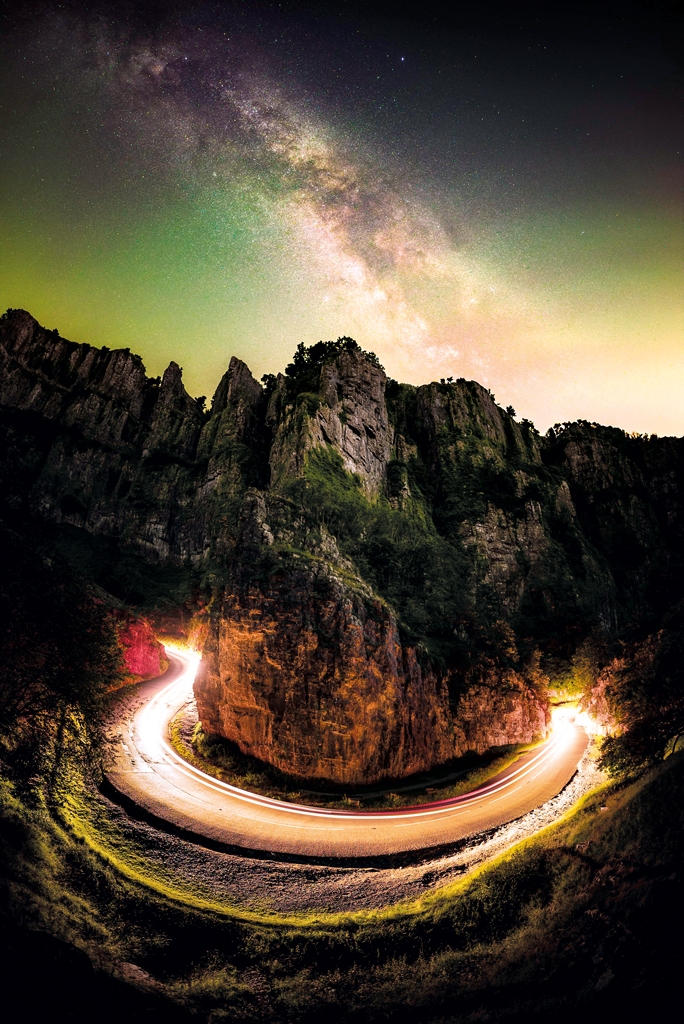
Indeed, Josh went on to get a first-class honours degree in photography from the University of the West of England, specialising in astrophotography and the effect of light pollution for his final project. So for Josh, his vocation has always been very clear. ‘My degree also gave a good grounding in what you need to survive as a freelancer and pursue a professional career as an astrophotographer,’ he adds. From here, Josh worked hard to get his images seen and on news programmes. He also devoured lots of books and online resources on astrophotography in order to develop his skills further and help him make good equipment choices. ‘A particular help was Alyn Wallace’s YouTube videos – Alyn has now sadly passed, but you can still learn a lot from his online resources.’
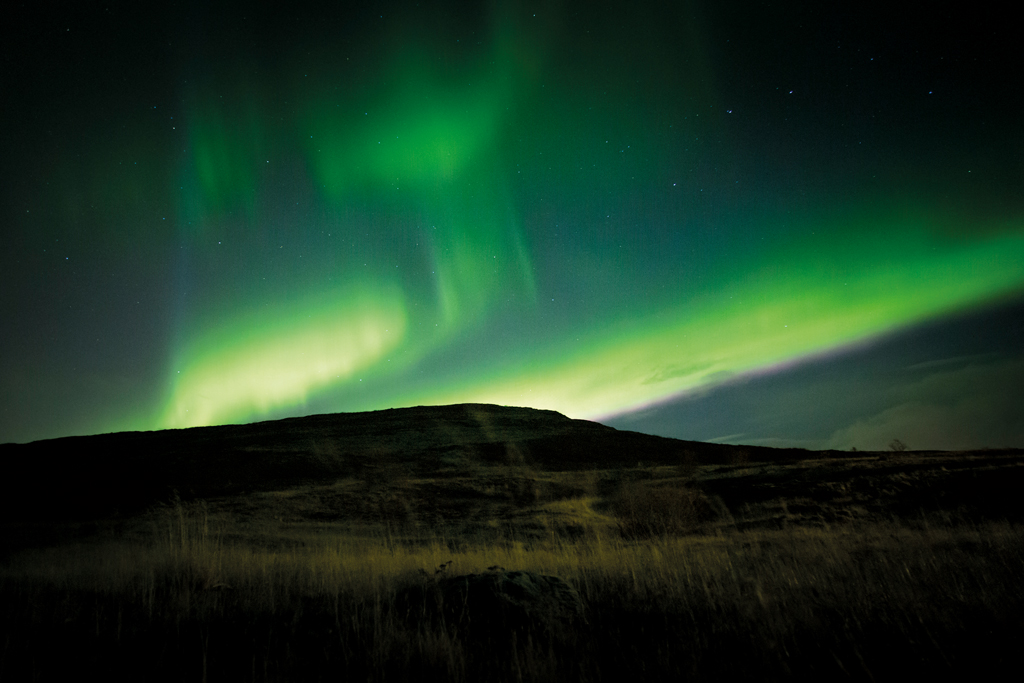
The fast show
Josh cut his teeth shooting solar and lunar eclipses and then he moved onto other popular subjects, such as the Milky Way and winter constellations, along with meteor shows and aurorae. ‘The biggest technical challenge I had at the start of my career was equipment,’ Josh recalls. ‘In other words, adapting to low-light environments. I soon realised that “slower” kit lenses, with narrower apertures, weren’t cutting it. Working with Sigma as a Sigma Creator means I can use the latest fast, cutting-edge lenses, whose apertures open up to f/1.4. This has made the night sky much more accessible to everyone.’
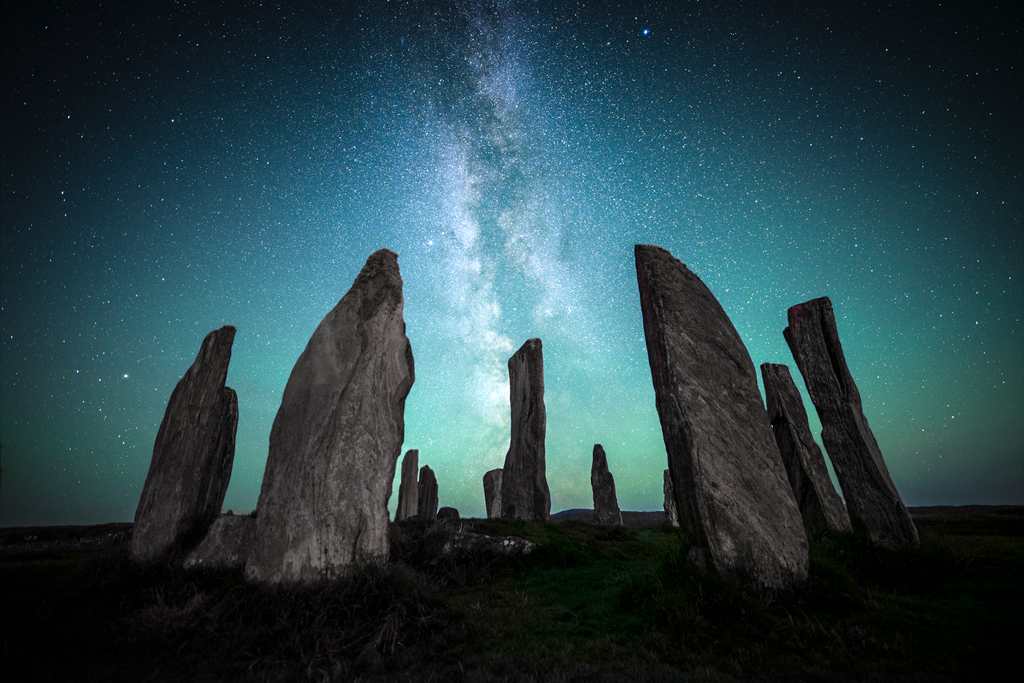
When it comes to promoting his work, Josh has found the most effective way is to tell his own stories. ‘In the period coming up to lockdown I actually gave up astrophotography for about six months, but then I took the ‘Enigma of the North’ shot, which appeared on an AP cover in 2023. I really pushed this image and the story behind it, out there, and I quickly learned how effective Instagram could be. So that inspired me to continue shooting astro during lockdown and beyond.’
Josh’s quick tips for better astro-landscapes
- Gear – You don’t need the latest equipment, work with what you have – that could be a DSLR and kit lens. I know this seems to contradict what I said in my advice on camera gear, but the whole point of my new book is to encourage people to ‘have a go’ at astrophotography.
- Authenticity – In terms of building a social media presence, don’t be put off by the competition and how many followers somebody else might have. Be true to yourself and be true to the story that you want to tell. People will appreciate an authentic story they can relate to.
- Planning – Keep a firm eye on the weather forecast and regularly check out astrophotography resources so you can keep abreast of what is happening the night sky throughout the year. You need to be a patient and philosophical, especially with the UK’s very changeable weather!
Josh’s favourite camera gear and accessories for astrophotography
‘Right now, I shoot with two Sony cameras, the Sony A7S Mark II and the Sony A7S Mark III. In terms of lenses, it’s a mixture of glass from the “Sigma fleet”, ranging from 14mm up to 100mm. The specific lenses I use are the Sigma 14mm F1.4 DG DN Art, the 20mm, 35mm, 50mm, 85mm and 100mm. These are all primes with a maximum aperture of f/1.4. I also shoot with the Canon EOS R6 Mark II, plus the Canon RF 200-800mm lens and their RF 1.4 tele-extender. For telephoto work, the quality of the Canon gear is outstanding.’
For more options for all budgets, read our guide to the best cameras for astrophotography and the best lenses to capture the night sky.
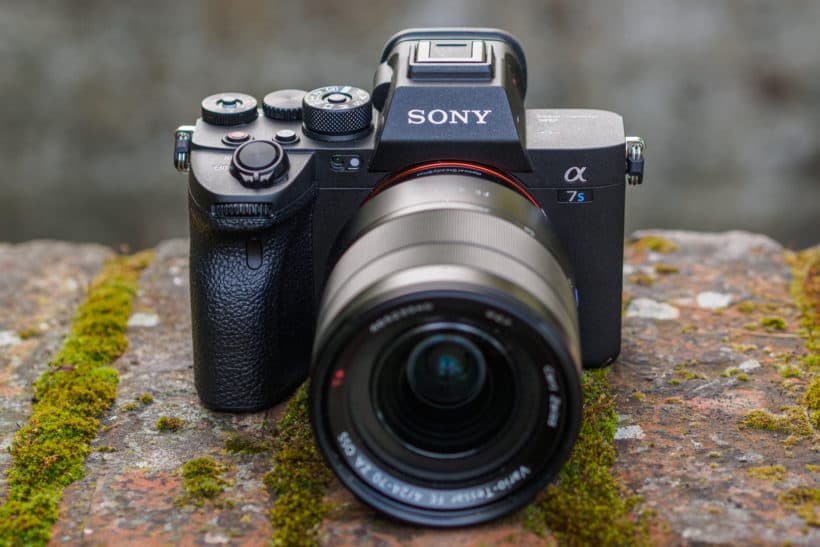
You could fill a small lorry with every accessory for astrophotography out there, including smart telescopes, but here is Josh’s gear choice:
Red flashlight – This is arguably the most important accessory in a night photographer’s camera bag. It can take the human eye 30 minutes or so to fully adapt to the dark, at which point white light from a standard flashlight or smartphone should be avoided. Red flashlights help you see in the dark without affecting your night vision and are available as either hand or head flashlights.
Remote shutter release – Camera movement during long exposures will result in camera shake, which is why a remote shutter release is another wise investment. These connect to your camera either wirelessly or via a cable and allow you to trigger the shutter without physically touching your camera. More-advanced remote shutter releases also allow you to set a delay after pressing the shutter button, set the number of images required, and set the interval between frames.
Star tracker – A star tracker is essentially an electronic motor that mounts to the top of your tripod and moves at the same rate as Earth’s rotation, allowing photographers to shoot long exposures of the night sky without stars appearing as trails of light. They are specialist pieces of kit, but as your skills and confidence improve, you may want to invest in more-advanced equipment and a star tracker should be top of your list.
Tripod – A strong, sturdy tripod is recommended for night photography. My preference is for carbon-fibre models, as they are compact and lightweight, and their ergonomic design is well-suited to colder environments.
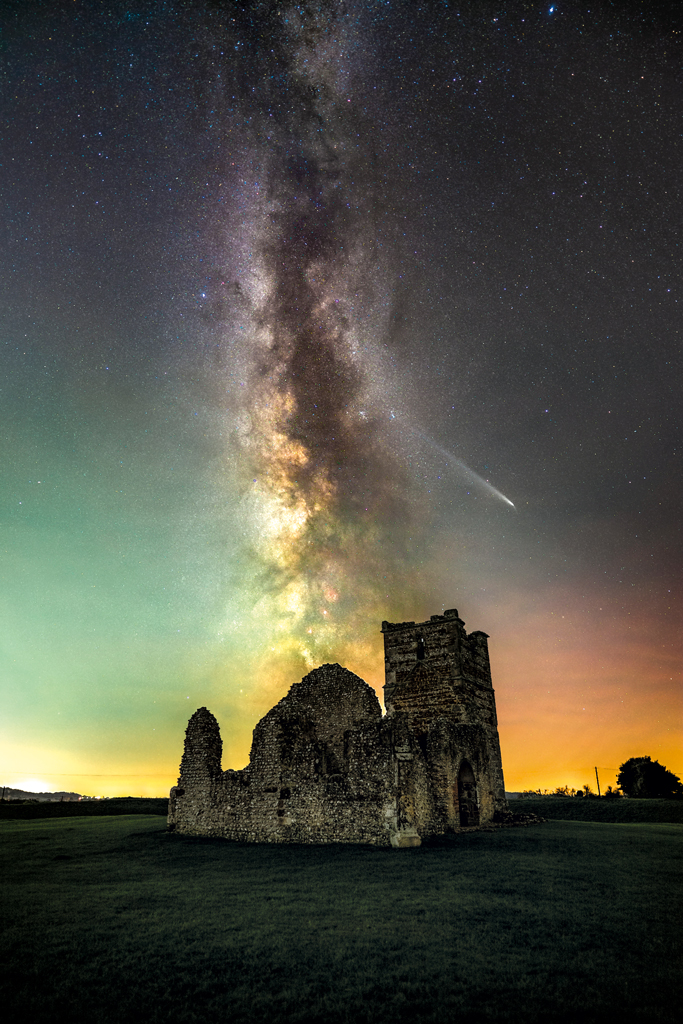
Geared head – An integral part of any outdoor tripod set-up, geared heads are mechanical systems that attach to the top of your tripod legs and allow for very precise adjustments both horizontally and vertically – perfect for fine-tuning your compositions.
Filters – The two most popular filters for night photography are diffuse and natural-night filters. Diffuse filters are designed to make stars appear bigger and brighter while natural night filters reduce the effects of light pollution. Neither are essential, but if you are looking to capture a number of visual effects, these are great filters to consider.
Other software and apps – Stellarium is a free open-source ‘planetarium’ that shows the sky as you would see it with the naked eye, binoculars, or telescope. Use it to find out which planets will be visible and when. Alternatively, use the Stellarium Mobile app. More information at stellarium.org
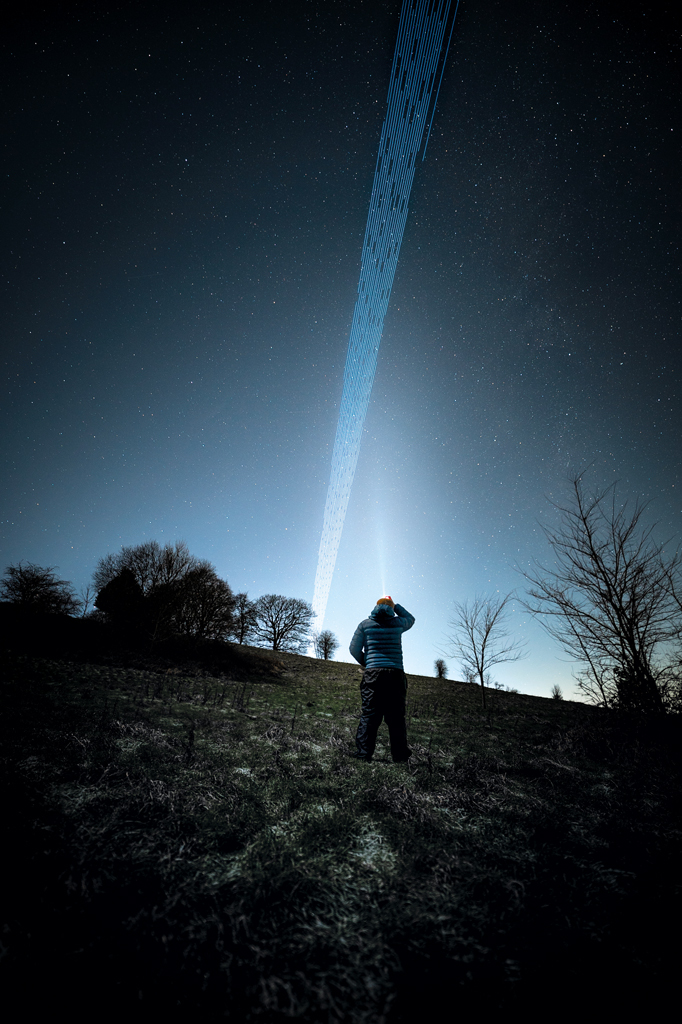
Editing workflow for astro
Editing for astrophotography may seem complex and off-putting to some, but as Josh reveals, it needn’t be. ‘I find Photoshop and Lightroom more than enough,’ Josh explains. ‘My suggested workflow is as follows:
- I take the original raw images of the Milky Way, for example, but I also might need to take separate images of the foreground in order to get a balanced exposure later (you might also need to track the night sky using a star tracker).
- Then I bring all these images, including the Milky Way and the foreground, into Photoshop and load them as layers. Then you simply turn these into a ‘Smart Object’ and use a median blending mode to register the data in all the images you’ve imported, and to boost the signal-to-noise ratio.
- Because these images are taken during the same shoot, you can seamlessly blend the foreground and the background and end up with a nicely balanced exposure which you can fine-tune as needed in Photoshop or Lightroom.’
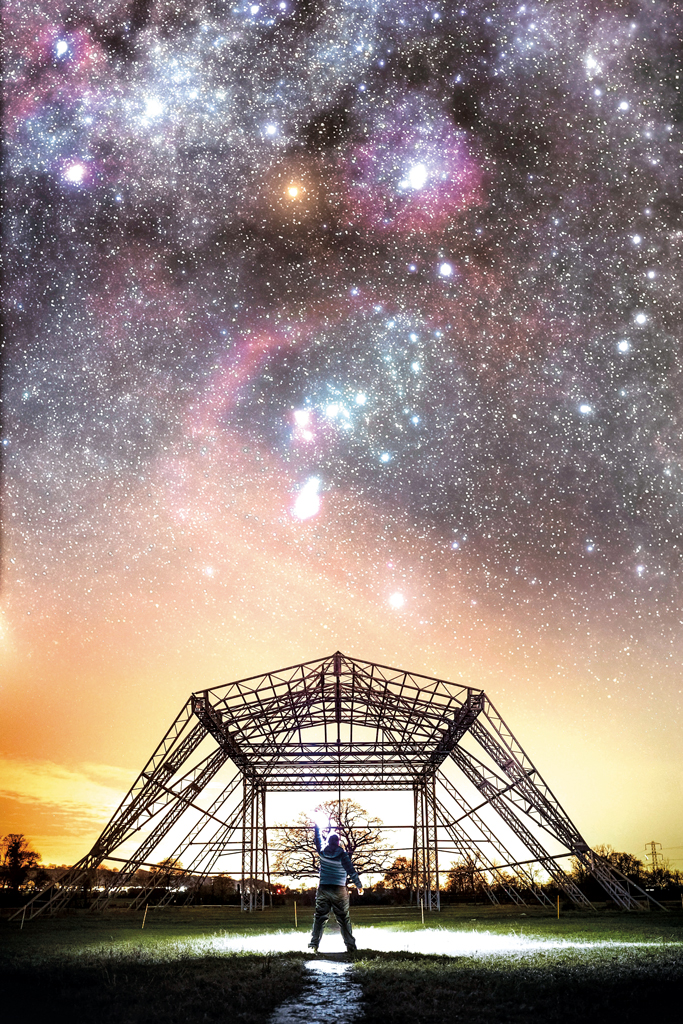
Location, location, location
Josh now travels all over the world for his astro-photography, which as you can imagine, can be time consuming. So he needs to be focused and organised. ‘You need a regular income coming in, but you also need to be looking for new ideas and opportunities for your astrophotography. I’ve learned that the quality of the night sky in the UK is getting worse by the year, in terms of the impact of light pollution. So this means that I have to travel quite a lot in order to appreciate the night sky at its best.’
Not all AP readers will be able to head off to Easter Island, as Josh did for the magazine’s 8th April cover shot. So in the spirit of making do with what we have, what are his favourite destinations in the UK? ‘That’s a tough question, but Northumberland National Park can yield great images, as can Galloway in south-western Scotland. Further south, the south west of England can be good for dark skies, including Exmoor and the tip of south-west Cornwall. Brecon Beacons is worth mentioning, too.’
New 52 Assignments: Night Photography book
With Josh’s new book, 52 Assignments: Night Photography, he hopes to inspire as many people as possible to take pictures of the night sky. ‘It’s created for both beginners and experienced astrophotographers, and as it’s based around assignments, there are lots of ideas for weekly or monthly projects to get your teeth into. The book covers a very broad spectrum of topics, including eclipses, aurorae, the Milky Way and the moon. It is also compact and light enough to take with you on your nocturnal shoots.’
52 Assignments: Night Photography by Josh Dury is expected to be available from 13th May.
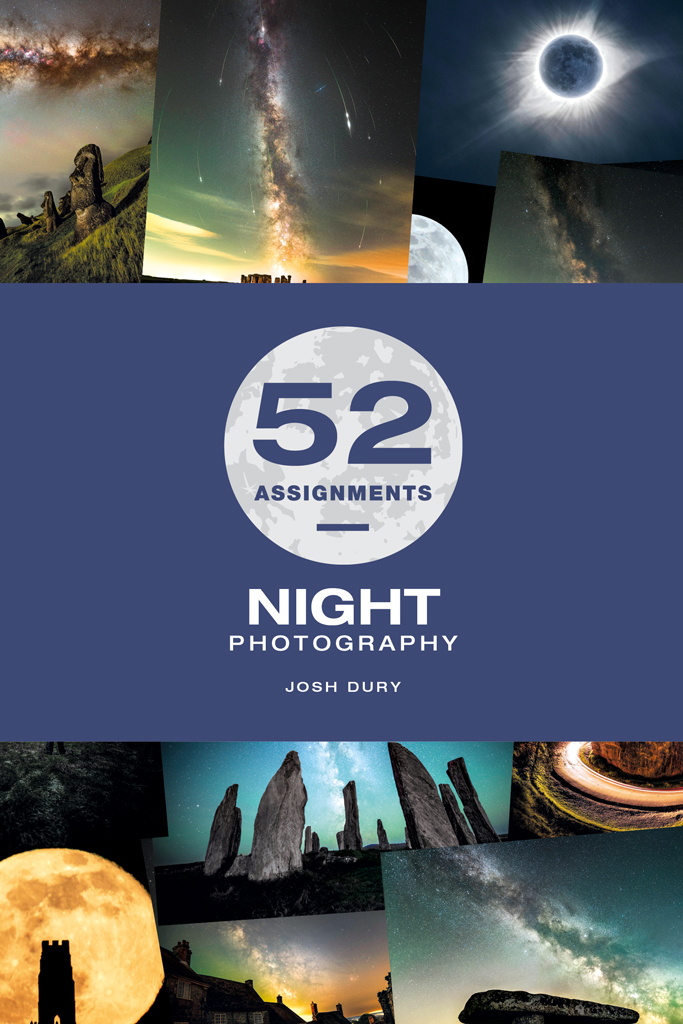
Dark matters: a sample assignment from Josh’s book
‘A dark-sky site is an area that isn’t adversely affected by artificial light at night (ALAN). These sites provide us with a window to the universe and, if you’ve never visited one before, can be positively overwhelming. The night sky’s brightness is measured by the Bortle scale, with Class 1 being the darkest and Class 9 being the brightest. True dark-sky sites are Class 1 and should be treated with the utmost respect, as not only are they often rich in wildlife, but the use of artificial light is often prohibited by law.
For this assignment, you will need to use your resources to find a Class 1 location and plan and shoot a night-sky image with little to no artificial light sources. Use the widest focal length you have at your disposal to capture the maximum amount of light and detail, and fill the top two-thirds of your frame with the sky and the bottom third with your foreground. This will help you to fully appreciate the immensity of a truly dark sky unaffected by light pollution.
To find Class 1 locations, use an app called Light Pollution Map. This free app is available for both Apple and Android phones and provides a colour-coded map overlay, with Class 1 areas highlighted in dark blue. I highly recommend you download it. Because the contrast between sky and stars will be noticeably more pronounced, clarity will be greater and shutter speeds will generally be shorter, although subtler details in the night sky can be revealed with longer shutter speeds. Experiment with exposure settings and compare your results to see which approach you prefer.
Field notes – Bortle Class 1 locations are very dark and so extra care must be taken with regard to your environment and the wildlife around you. Your eyes take 20-30 minutes to fully adapt to the dark, and artificial light can hinder this process, which is why a red flashlight is essential when moving around and setting up your camera.’
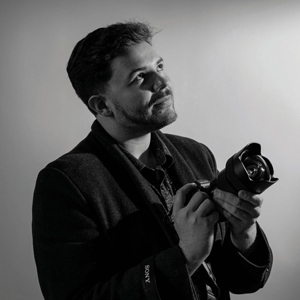
Josh Dury is an award-winning photographer, filmmaker, public speaker and writer who specialises in capturing natural world subjects, including astrophotography, landscapes and wildlife. He and his work have been widely featured in the media, including appearances on the BBC, ITV,
CNN and many other media outlets. See joshduryphoto-media.com.
Festival of Outdoor Photography
On Saturday 31st May Josh will be speaking on the main stage at our first Festival of Outdoor Photography event about how to get easy yet effective ways to get celestial objects, eg. the milky way, into your landscapes. He’ll also talk about the biggest technical challenges and his choice of equipment. Plus, a more intimate workshop for a smaller group on editing.
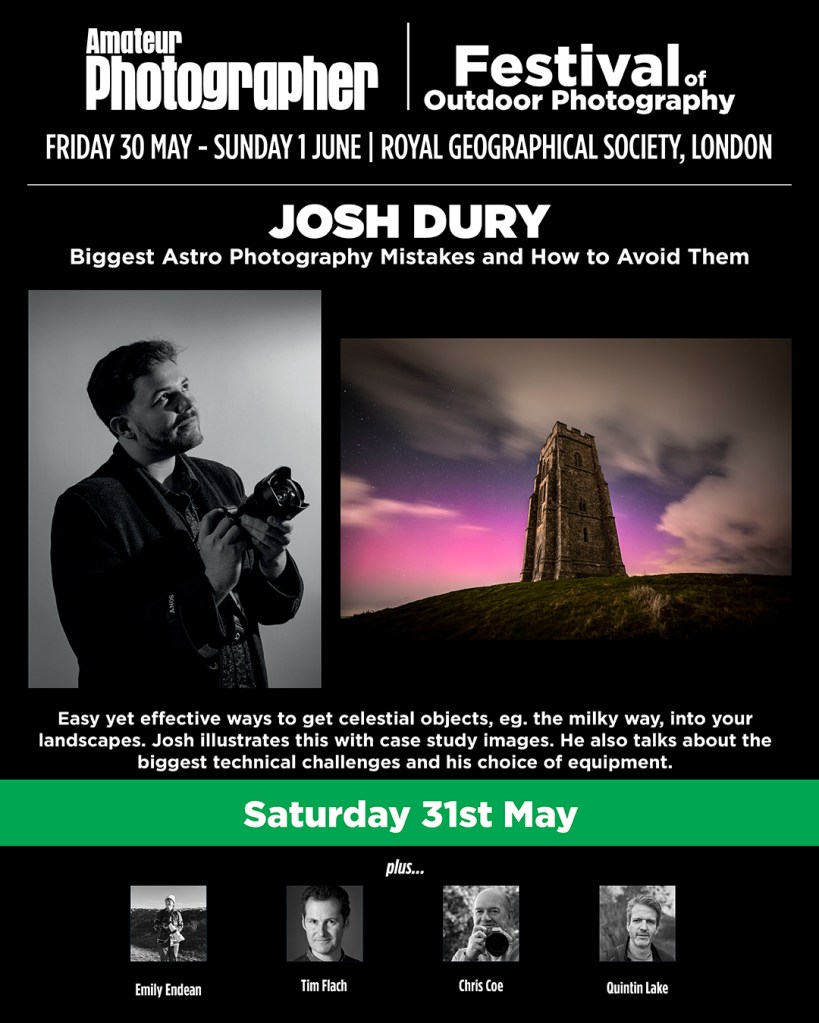
Related reading:
- Why Tenerife is THE place for astrophotography
- Night photography: how to take great photos at night
- The night sky: How to photograph stars and the Milky Way

